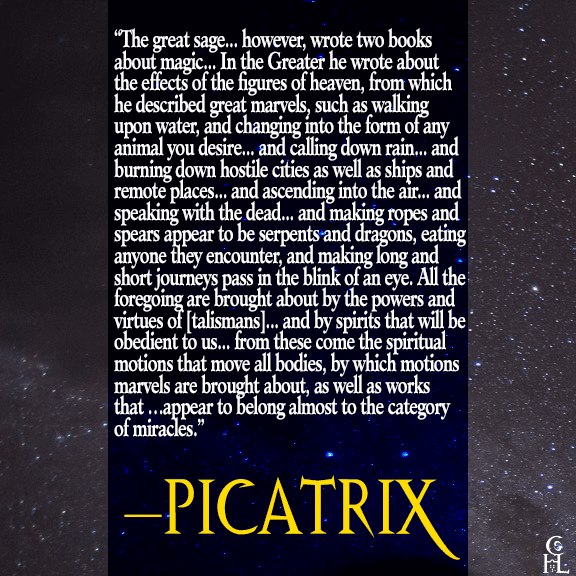Weather Magic
-
THE RINGS OF THE FORTUNATE MYSTIC: Fortunated Moon applying to conjoin Alcyone culminating with the North Node Ascending in Perfection. I’d long ago nearly given up on finding a good Pleiades talismanic election, but stumbled across this one so close to the date that I’m glad that I’d ordered a few quartz crystal rings for…
-
pleiades_ritual_1-1 The following is a ritual I use a month or so before I travel by air. It requires the use of a Pleiades Ring from the Quindecim Stellis and any other Pleiades talismans you might have handy. It controls winds so that storms are blown out of the path of the airplane or other…
-
I’m kind of surprised at how well my “send away storms” magic worked this time.
-
Picatrix Rubeus page 128: “The great sage Plato, however, wrote two books about magic, that is, the Greater and the Lesser. In the Greater he wrote about the effects of the figures of heaven, from which he described great marvels, such as walking upon water, and changing into the form of any animal you desire, or…
